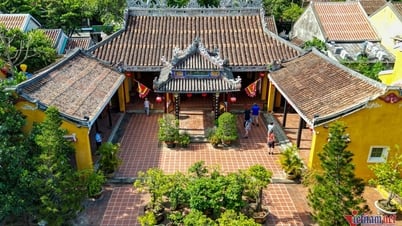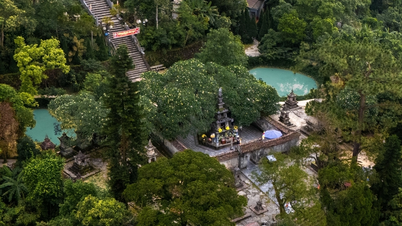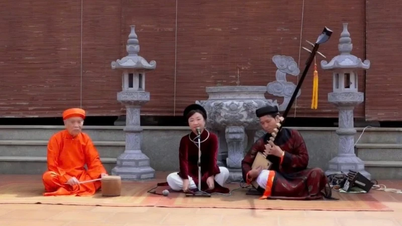Archaeologists in Mexico have discovered an estimated 1,000-year-old Mayan temple at El Tigre, an archaeological site on the Yucatan Peninsula.

Ancient circular structure at El Tigre archaeological site.
Dating back to between 1000 and 1200, the ancient temple was discovered as a circular structure with two floors and what appears to be a flat roof on top.
Archaeologists believe the temple was likely dedicated to the serpent god Kukulcan, one of the four most powerful gods of the ancient Mayan religion, according to Newsweek magazine.
Mexican officials even suspect that this could be the temple described in the writings of Don Pablo Paxbolon, who led the Maya to settle in what is now Tabasco state from 1575 to 1576.
Mr. Paxbolon mentioned four such temples in the area, each dedicated to one of the four main Mayan gods.
While the temples mentioned in Paxbolon's account have yet to be found, similar circular structures have been excavated across the Yucatan Peninsula, including at Edzna, Becan, Uxmal, and Chichen Itza.
"The temple architecture has expanded our knowledge of El Tigre," said anthropologist Diego Prieto Hernández, director general of Mexico's National Institute of Anthropology and History.
Circular structures are often associated with the early "Post-Classic" period, from 1000 to 1200 CE, Hernández notes. During this period, the Maya civilization had contact with other regions of Mesoamerica, especially central Mexico, Oaxaca, and the Gulf Coast.
The Yucatan Peninsula was one of the last Mayan settlements before the collapse of the civilization. The collapse of the Mayan civilization remains a subject of debate among experts.
The new discovery of the legendary temple comes as Mexico embarks on a 1,600-km railway project called the "Tren Maya" or Maya Train.
The Maya train is scheduled to open in December.
(According to Thanh Nien, November 4)
Source























![[Photo] National Assembly Chairman attends the seminar "Building and operating an international financial center and recommendations for Vietnam"](https://vphoto.vietnam.vn/thumb/1200x675/vietnam/resource/IMAGE/2025/7/28/76393436936e457db31ec84433289f72)












































































Comment (0)